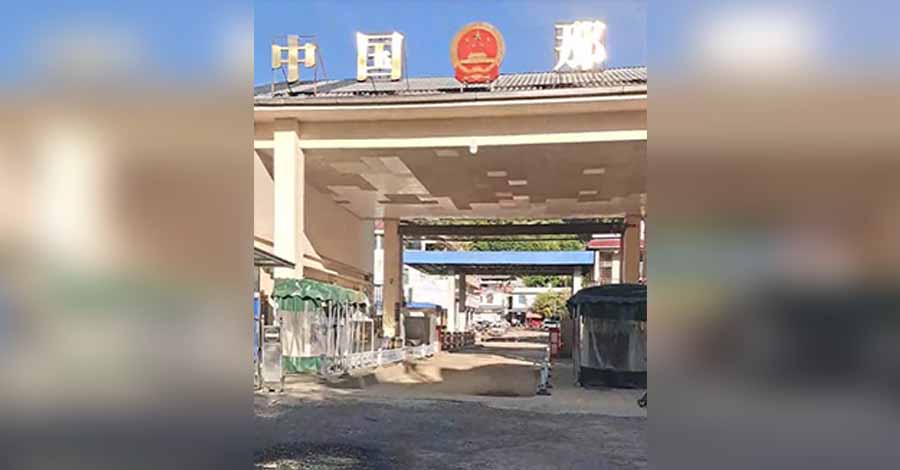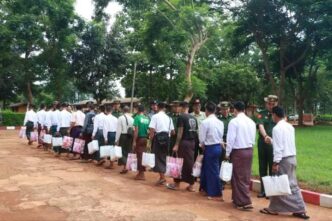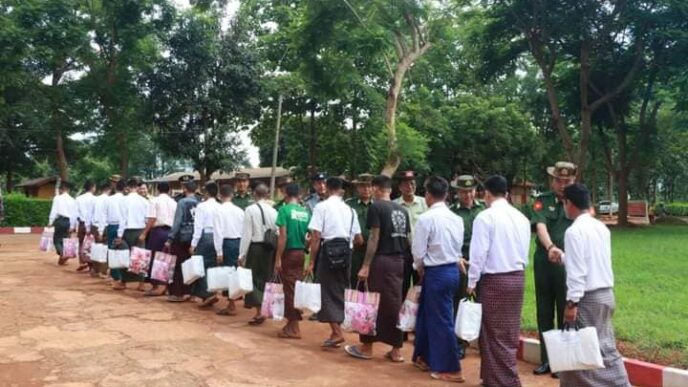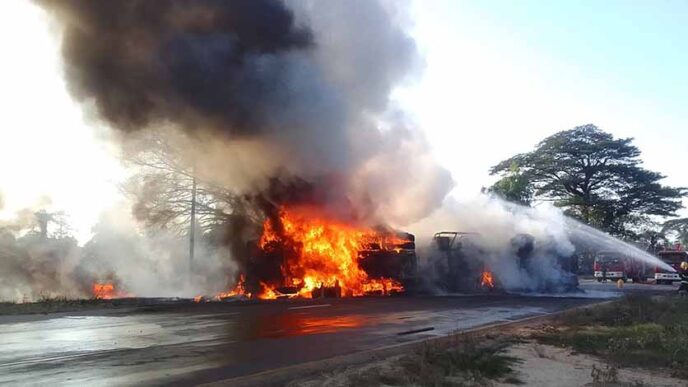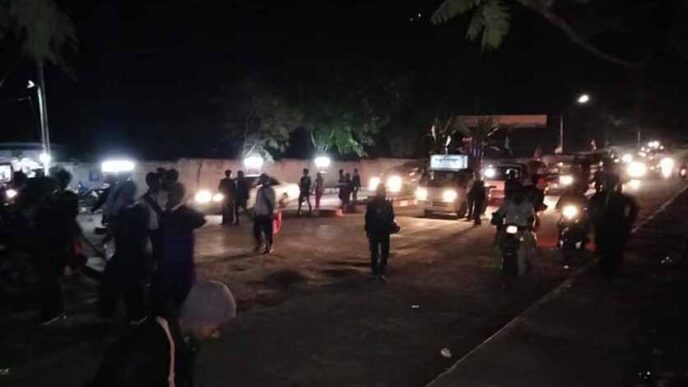The Kachin Independence Army (KIA) recently closed two significant border gates—Laiza and Lai Jal—along the China-Myanmar border. This closure, now entering its second week, impacts the movement of people and goods across these key crossing points, with repercussions for both Chinese and Myanmar citizens. Here, we delve into the details of the closure, the ongoing border dynamics, and the implications for border residents.
1. Background of the KIA Border Gate Closure
Laiza and Lai Jal Border Crossings Shut Down According to sources close to the KIA, the Kachin Independence Army has taken action to close both the Laiza and Lai Jal border gates. These border crossings, which facilitate trade and movement between China and Myanmar, are under KIA control. The decision to shut them down has halted any movement in and out of these areas from the Myanmar side.
The Role of China and KIA Coordination The Chinese authorities reportedly expressed willingness to reopen the gates if the KIA decides to lift the closure. However, the KIA has maintained its position, keeping the crossings shut, despite China having opened its side of the gates.
2. Impacts of the Border Closures on Local Communities
Restrictions on Myanmar and Chinese Nationals Local residents describe a challenging situation where Myanmar citizens entering China face restrictions on returning, and Chinese nationals trying to enter Myanmar are likewise barred from crossing. The KIA has reportedly installed iron gates on the Myanmar side, further emphasizing the complete shutdown.
Chinese Citizens Queue Up at Laiza Border The border closure has resulted in long queues of vehicles on the Chinese side, with Chinese citizens eager to enter Myanmar but unable to do so due to the KIA-imposed restrictions. This has not only disrupted local movement but has also placed strain on border communities reliant on cross-border trade.
3. The Strategic Importance of the KIA Border Gates
KIA’s Strengthening Presence on China-Myanmar Border Since early 2024, the KIA has expanded its control over numerous checkpoints and border crossings along the China-Myanmar border, including the Laiza and Lai Jal gates. This increased influence has given the KIA the power to regulate movement across these crucial points, enhancing its strategic position in the region.
Collaborative Forces Control Border Areas The KIA has reportedly collaborated with allied groups to establish dominance along the China-Myanmar border. This collaboration has enabled the KIA to maintain control over multiple border gates, disrupting the usual flow of trade and people in this region.
4. Future Outlook and Regional Implications
Possible Repercussions for China-Myanmar Relations The closure of the Laiza and Lai Jal gates may have significant implications for China-Myanmar relations, given the reliance of both sides on these crossings for trade and communication. If the shutdown continues, there could be increased tensions and calls for diplomatic intervention to ease the border restrictions.
Economic and Social Impact on Border Communities For residents near these border crossings, the ongoing closure disrupts livelihoods and limits access to resources. Cross-border trade, which is a major economic lifeline for many in the region, is on hold, affecting both traders and local economies on either side of the border.
KIA Border Closures Reflect Regional Tensions
The KIA’s decision to close the Laiza and Lai Jal border crossings highlights the complexities of the China-Myanmar border dynamics. As both nations grapple with the impact of these closures, the situation underscores the significance of open communication and negotiation for border stability. The fate of these border gates now rests on KIA’s strategic decisions and any potential diplomatic efforts to bridge these divisions.

